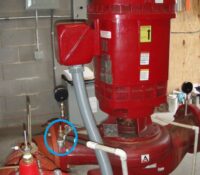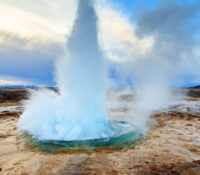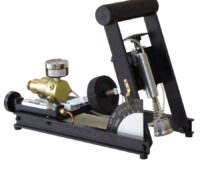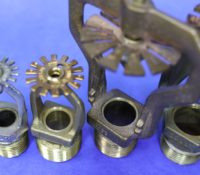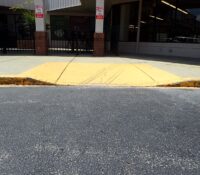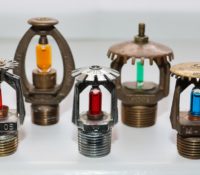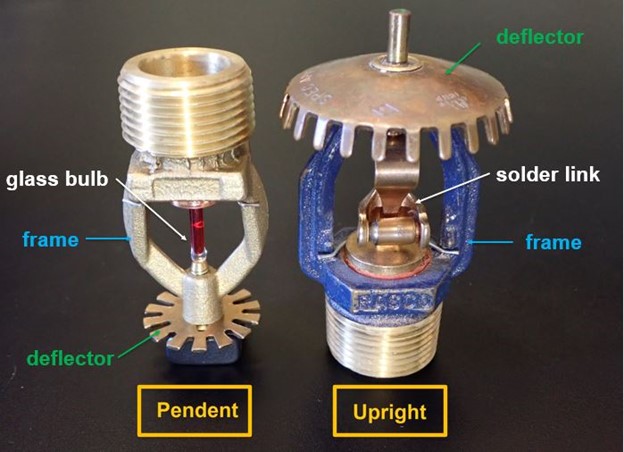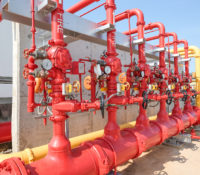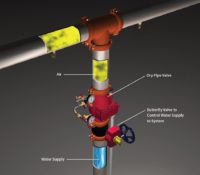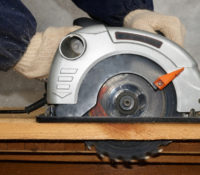Fire Pumps are Cool 😎; Lets Keep Them That Way
In my last blog, we discussed the small PRVs that go on wet sprinkler systems to limit their pressure below 175 psi. That brought to mind a small PRV in another application that is used to keep something different cool: an electric motor-driven centrifugal fire pump. I can’t talk about electric fire pumps without also talking about diesel fire pumps, so let’s dive in and take a look at both! Read More



